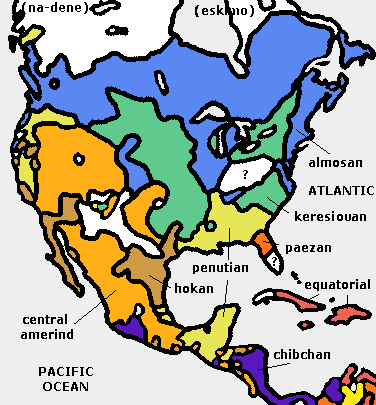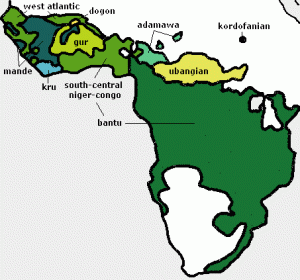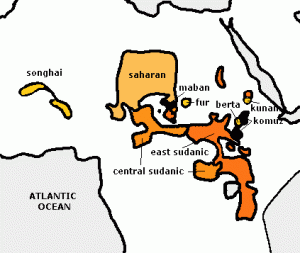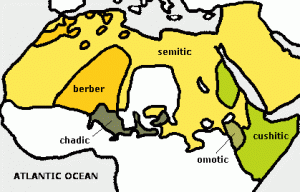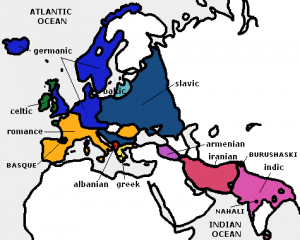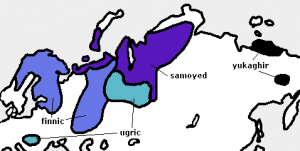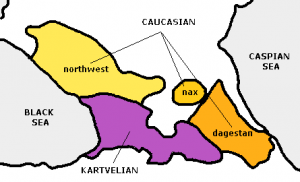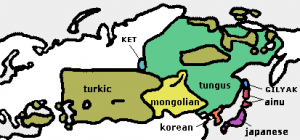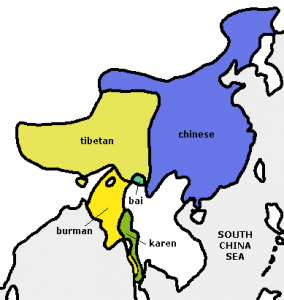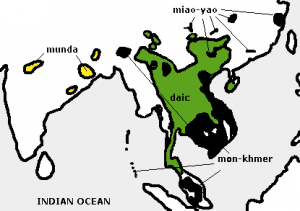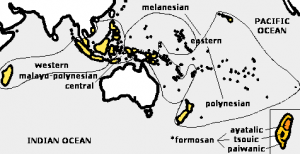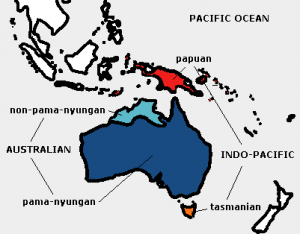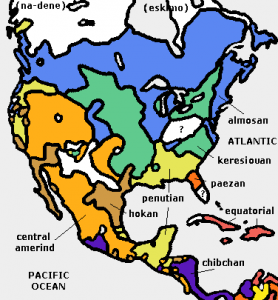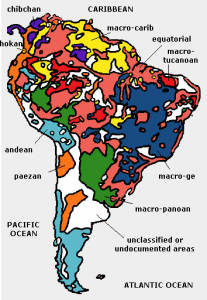World of Languages
Ever wondered how many languages are there in the world? Or how they evolved over time? Of course many of us (including if you are reading this post) know English. But how many people in the word actually know it?
What is a language?
It’s just a way humans use to communicate abstract concepts through the use of signs and symbols.
One interesting aspect of research in this field is how human communication evolved from from a set of animal vocalization (like barks, howls…) to a set of structured symbols, along with phoenetics(the sounds), syntax(the grammar) and semantics(the meaning). Even though animals use signs to communicate different meanings, such as scent to mark it’s territory, humans do this mainly through symbols which are usually expressed through words.
The time when language first appeared is still a matter of debate and perhaps the answer will never be known. Maybe it was around genus Homo, 4-5 million years ago, or with the advent of modern man, Cro-magnon, around 125 thousands years ago. We know that neanderthal man had a brain that was larger than ours but his voice box seemed more of that of an ape. Today we can say that 10,000 years before the trail goes cold, so perhaps we will never know.
Another aspect is how language came into being. Of course there are a bunch of theories around, like the mama theory in which language began with the easiest syllables attached to the most significant objects, or the ta-ta theory where unconscious vocal imitations where associated with movement gestures or even the sing-song theory where the first words were actually long and musical for laughter, courtship, play. It’s invention could have been monogenesis by our earliest ancestor, that had the genetic and physiological properties to make complex sounds, or even polygenesis, that it was invented many time by different people
One of the biggest debate among linguists around the origin of language is whether we can account for it only through the basic mechanisms of learning, or if we need to postulate some special built-in language-readiness. The learning-only people (for example, B. F. Skinner) say that childhood conditioning, or maybe modeling, can account for the complexity of language. The language-acquisition-device (LAD) people (such as Chomsky and Pinker) say that the ease and speed with which children learn language requires something more, some sort of special neural mechanism. In most mammals, both hemispheres looked very much alike. Somewhere in humanity’s early years, a few people possibly inherited a mutation that left one hemisphere with a limited capacity. Instead of neural connections going in every direction, they tended to be organized more linearly. The left hemisphere couldn’t related to things in the usual full-blown multidimensional way, so this diminished capacity proved to be very good are ordering things linearly. And that’s exactly what language needs: the ability to convert fully dimensional events into linear sequences of sounds, and vice versa.
Family of Languages
A very good reference for any given language can be found at Ethnologue site. According to a 2005 edition there were 6,912 living languages, of these only 2,719 have 10,000 or more active speakers and only 1,114 languages have more than 100,000 speakers. Thus it is considered that the total number of languages will half or will be no more than 1000 in a century from now. This also due to our era of digitized information where the trend for large social groups, especially in the young, is to use a mainstream language such as English or Chinese.
These languages are classified into 136 different language families (top-level genetic groups). But among these, only six are accounted for nearly two-thirds of all languages and 85% of the world’s population.
The following maps were developed by Dr. C. George Boeree and were are based on Merritt Ruhlen’s book “A Guide to the World’s Language”s (Stanford University Press, 1987), which in turn is strongly influenced by the work of the great linguist Joseph Greenberg (died May 7, 2001). Due to the separation of regions, unlike today’s age of Internet, some of these language families are separated by geographic constrains, such as continents or mountains. As such we can find in:
Africa
The Khoisan Family
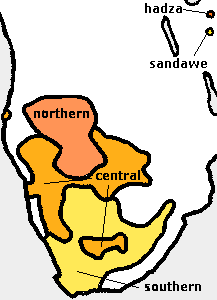 |
With 24 living languages, 501,709 speakers or 0,01% of the word’s population. The people are called the Bushman or the Hottentots. Can be found in Angola, Botswana, Namibia, South Africa, Tanzania |
The Niger-Kordofanian Family
The Nilo-Saharan Family
The Afro-Asiatic Family
Europe
The Indo-European Family
The Uralic-Yukaghir Family
Asia
The Caucasian Family
The Chuckchi-Kamchatkan Family
| Small family with only 5 languages spoken in Siberia, Russian Federation. Only 6,875 speakers are nowadays, close to extinction. |
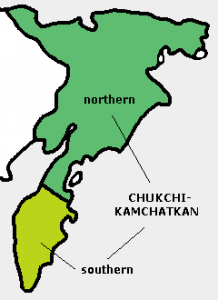 |
The Altaic Family
The Dravidian Family
| Old languages of India, 84 of them, with 229,317,060 speakers(3.68%). Best known are Tamil and Telugu.Spoken only in India, Nepal, Pakistan. |
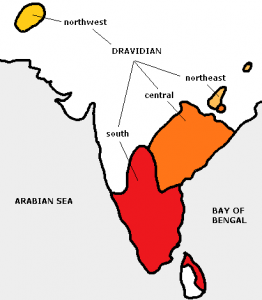 |
The Sino-Tibetan Family
The Austronesian Family
Pacific
The Indo-Pacific and Australian Family
America
The Eskimo-Aleut Family
| Consists of 10 languages with 110,310 speakers. Found in Canada, Greenland, Russian Federation, United States. |
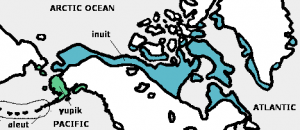 |
The Na-Dene Family
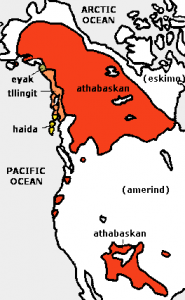 |
Family of about 20 languages with 200,000 speakers. Best known are Tlingit, Haida, Navaho, and Apache. |

